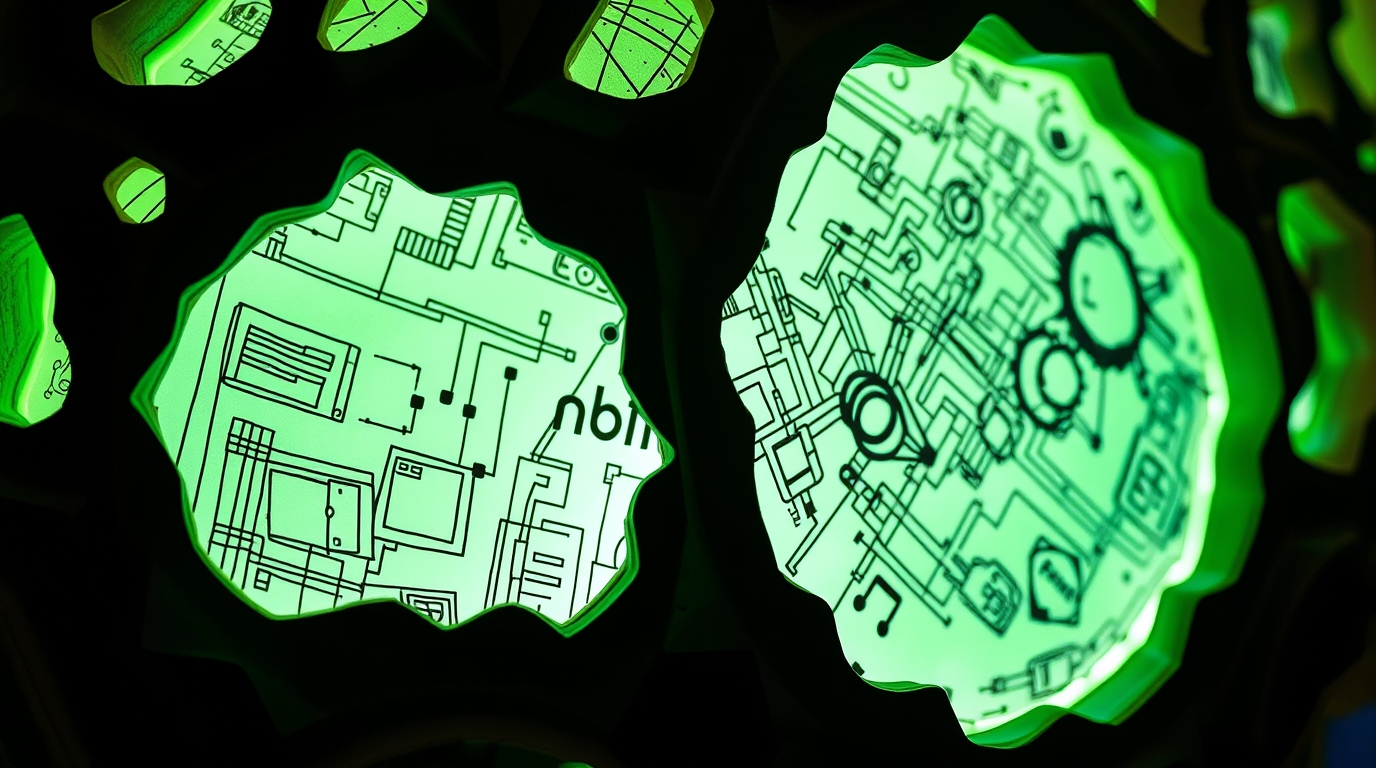
Watching Work Move: What Static Boards Don't Show You
Akron Flux
Jun 8, 2025
Simulating Real-World Delivery Without the Guesswork
We couldn’t tell if the work was stuck - or just slow. Turns out it was both, and here’s how we found out.
Every day we had a stand-up. We had the board. Our board was a typical one, where tasks were in “To Do”, “In Progress”, “Review” and “Done”.
Nothing looked wrong, but not much was getting delivered.
We kept asking the same questions. We added swimlanes, coloured cards, even automated alerts. It didn’t help. Some team members were getting frustrated, and some were getting rather uneasy. Everyone seemed busy, but there was no visible progress. The process that everyone one bought into was not helping much.
Our board was full of items to do - with most of them sitting in progress for ages.
The process prescribed metrics, such as velocity, burn down, but they were of little use.
Now imagine each task (item, ticket, or whatever item you want to track) to be a little coloured dot. Some glide through. Other ones bounce between lanes. Some sit in one spot so long they turn grey.
What if we could watch the system run, see where the work was actually getting stuck, and try alternatives before changing the process?
The truth is: boards show you where things are, but not what’s happening. You can’t easily see whether a task is waiting on someone, bouncing between reviewers, stuck behind for an unclear reason, or abandoned entirely.
We needed more than a board. We needed to watch the work move. So we built a model: a visual means of peeking into a dynamic system that showed how tasks flowed (or didn’t) through the actual process.
Every stage had logic. Every decision was explicit. Every delay had a cause. The result? A team-wide “a-ha” moment. Patterns we had missed for months became instantly obvious. We saw when to intervene, when to reroute, when to just wait. We finally saw the real work beneath the board.
In this series, we’ll walk through how (and why) we built that model: what it can do, where it can be applied (and where it really shouldn’t). We will find out how it can spot bottlenecks, test ideas, and make their delivery smoother without the guesswork.
Later on, we will go deeper into visualising information and processes as they are, and we will explore multiple scenarios and situations that provide insight - something that will help optimise and redesign the status quo (if desired) with less risk and significantly lower cost.
Whether you’re in tech, operations, customer service, or consulting - if work flows through stages, this will show you what’s really happening.